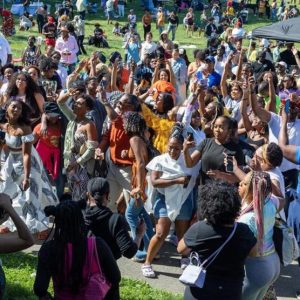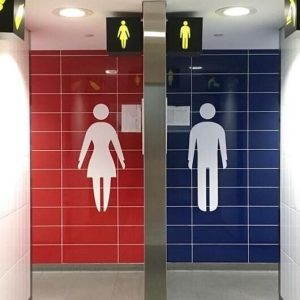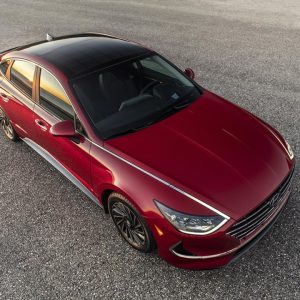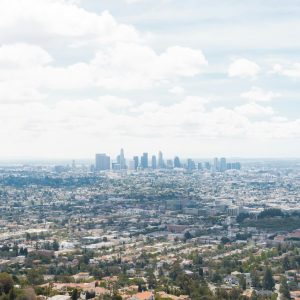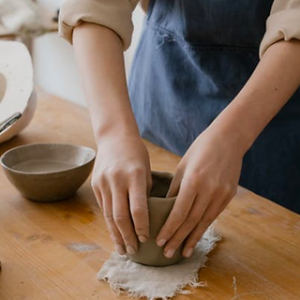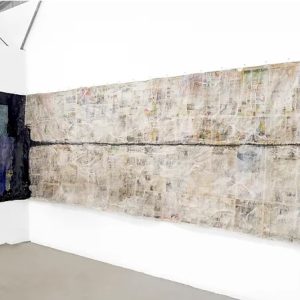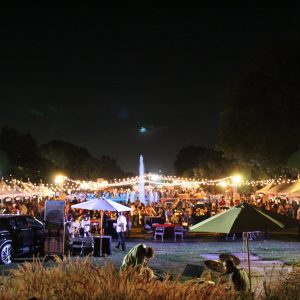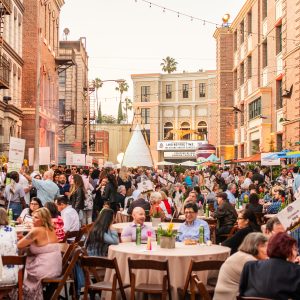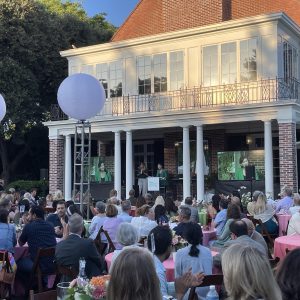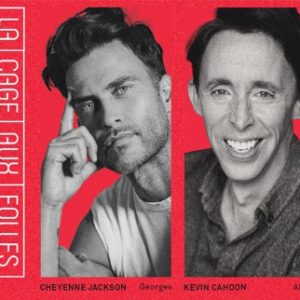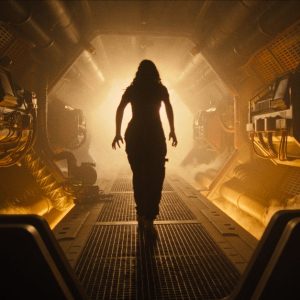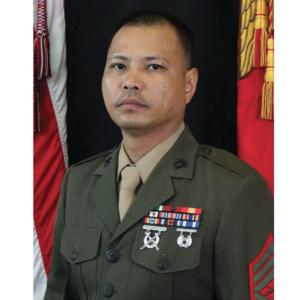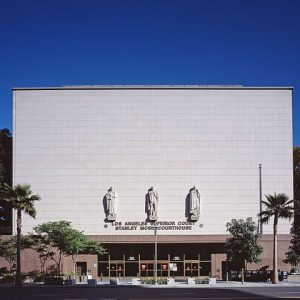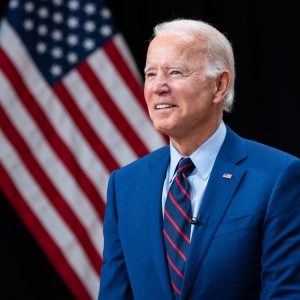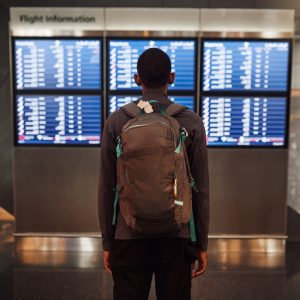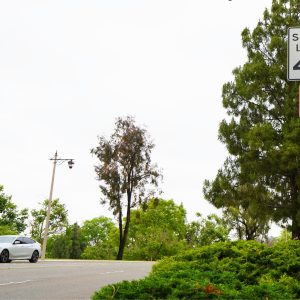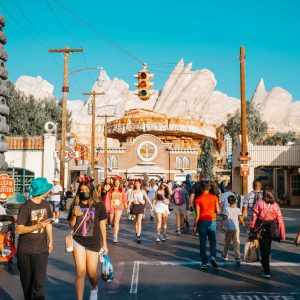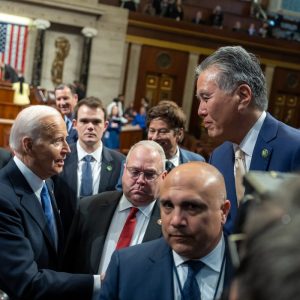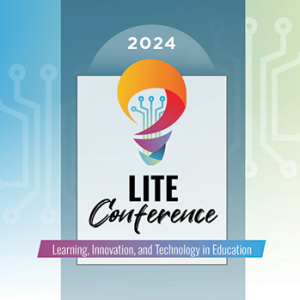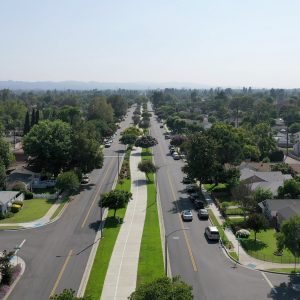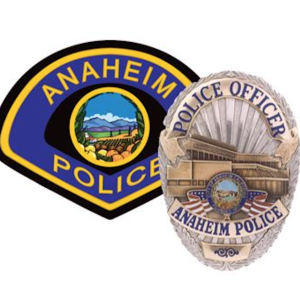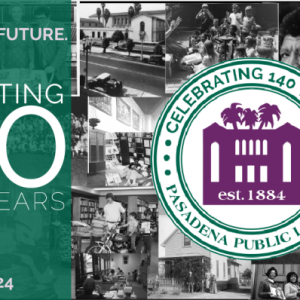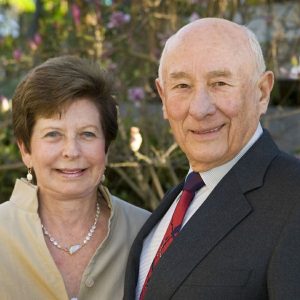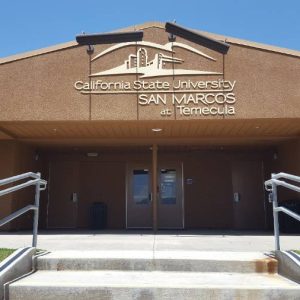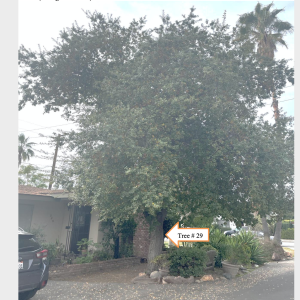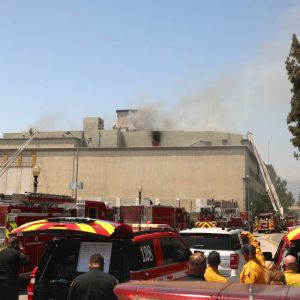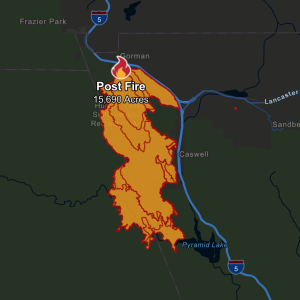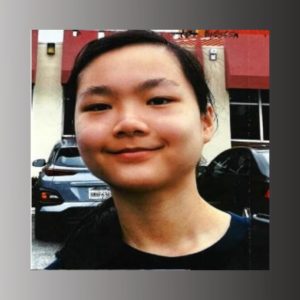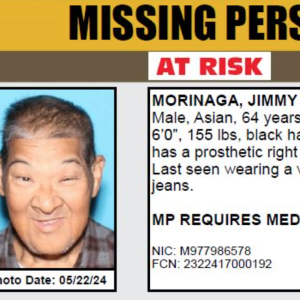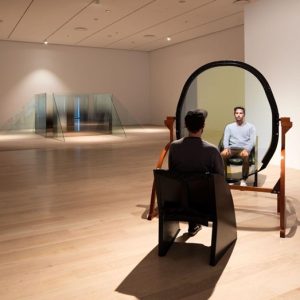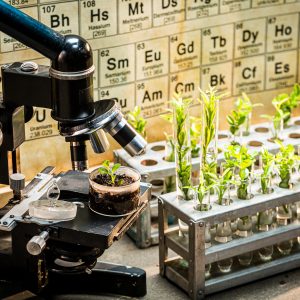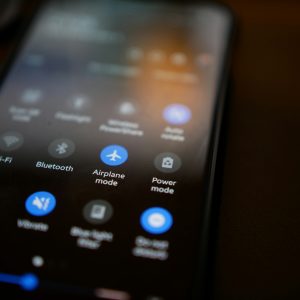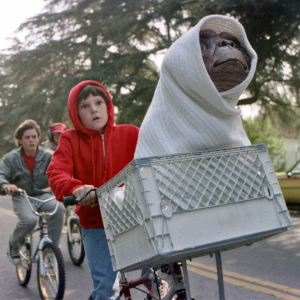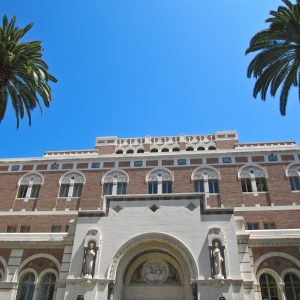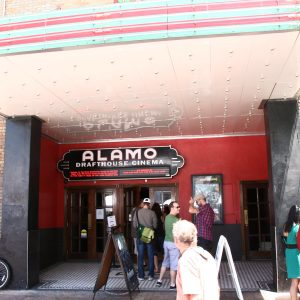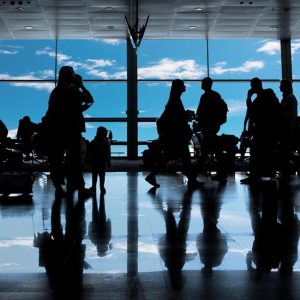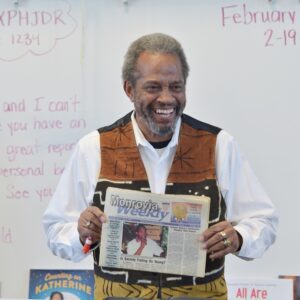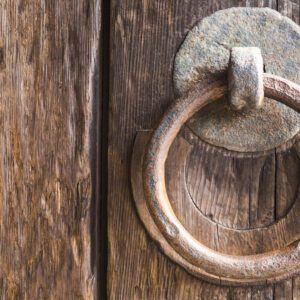 View Winners →
View Winners → Huntington Exhibitions to Examine What It Means to Be American

‘The Crimson Rambler’ by Philip Leslie Hale. – Courtesy The Huntington
The Huntington Library, Art Collections, and Botanical Gardens announced a diverse slate of upcoming exhibitions united by a broad common theme—the concept of what it is to be American and how both national and international influences have shaped American culture.
In September, a selection of the earliest works from The Huntington’s American art collection will take center stage in a large temporary installation spotlighting great paintings and works of decorative art from the Colonial period to the mid-19th century. The show presents highlights from the collection that usually are found in the Virginia Steele Scott Galleries of American Art; they will be on display in the MaryLou and George Boone Gallery while the Scott Galleries are under construction.
Later in the fall, a focused loan show explores 20th-century artists’ depictions of crowds in American public life.
And in a completely different take on the topic, visitors will get an inside look into the struggles of one Chinese-American citizen and his fight for inclusion in American society.
In the spring, celebrating the great American outdoors, the national travelling exhibition “The Artist’s Garden: American Impressionism and the Garden Movement” makes its only West Coast appearance at The Huntington, and the centennial of the National Park Service is celebrated with a two-part exhibition showcasing the history and impact of America’s national parks.

The Shakespeare Garden. – Photo Courtesy The Huntington
-American Made: Selections from The Huntington’s Early American Art Collections.
Sept. 5, 2015–Jan. 5, 2016 in the MaryLou and George Boone Gallery.
While a portion of the Virginia Steele Scott Galleries of American Art is closed for expansion and reinstallation, 25 selections from among the earliest works in the collection are spotlighted in a temporary installation, focusing on masterworks in various media made between 1700 and 1868. Paintings by the most influential American artists of the period, such as Frederic Edwin Church, John Singleton Copley, Gilbert Stuart, and Benjamin West, are joined by representative furniture, silver, and sculpture from the Colonial, Federal, and Civil War periods.
-A World of Strangers: Crowds in American Art.
Oct. 17, 2015–April 4, 2016 in the Huntington Art Gallery.
Crowds are the temporary groups that strangers form. They take shape at baseball games and in subway stations, at patriotic parades and in angry riots. Fickle and ephemeral, crowds can be joyous, destructive, or somber. “A World of Strangers: Crowds in American Art” explores how artists have represented these teeming and fluid masses from the early 20th century to today. This focused loan exhibition includes about 20 prints, photographs, and other works by artists such as George Bellows, Walker Evans, Armin Landeck, George Luks, Benton Murdoch Spruance, and Weegee.
-Y.C. Hong: Advocate for Chinese-American Inclusion.

Chinese miners at the head of the Auburn Ravine. – Photo Courtesy The Huntington
Nov. 21, 2015–March 21, 2016 in the Library, West Hall.
Drawn from The Huntington’s You Chung Hong family papers, acquired in 2006, this exhibition is the first opportunity for the public to get a deeper sense of the life of an extraordinary figure in Chinese-American history. Through some 75 items, including historical documents, correspondence, photographs, maps, and ledgers, “Y.C. Hong: Advocate for Chinese-American Inclusion” examines Chinese-American immigration in early 20th-century Los Angeles. The name Y.C. Hong (1898–1977) still elicits respect and pride among longtime residents of Los Angeles’ Chinatown. As one of the first Chinese-Americans to pass the California Bar, Hong was a major figure in the Los Angeles Chinese community during the period of the Chinese Exclusion Act and beyond.
The Artist’s Garden: American Impressionism and the Garden Movement, 1887–1920.
Jan. 23, 2016–May 9, 2016 in the MaryLou and George Boone Gallery.
During the only West Coast stop on a national tour, The Huntington’s presentation of “The Artist’s Garden: American Impressionism and the Garden Movement, 1887–1920” showcases a hand-picked selection of 17 paintings from the exhibition that originated at the Pennsylvania Academy of the Fine Arts, exploring the connections between the American impressionist movement and the emergence of gardening as a middle-class leisure pursuit. Featured artists include Philip Leslie Hale (1865–1931), Childe Hassam (1859–1935), and John Henry Twachtman (1853–1902). A richly illustrated catalog complements the exhibition.
-Geographies of Wonder: Americans and the National Park Idea.

Weegee, First Murder, c. 1950. – Copyright International Center of Photography
Part 1: “Origin Stories of America’s National Parks 1872-1933” on May 14, 2016 – Sept. 3, 2016.
Part 2: “Evolution of the National Park Idea 1933–2016” on Oct. 22, 2016–Feb. 13, 2017 in Library, West Hall.
The year 2016 marks the centennial of the National Park Service. To celebrate this anniversary, The Huntington presents two consecutive exhibitions exploring the origins and evolution of the national park idea through rare materials selected from The Huntington’s American history archives. To illuminate the dynamic interplay between American landscapes and national identity, each of the focused exhibitions explores national parks over time, their cultural influences, and their eventual incorporation into a system of public lands known as the nation’s “crown jewels.” Diaries, letters, and travel narratives written by explorers, politicians, and tourists join guidebooks, promotional literature, posters, photographs, and maps that helped promote tourism. The exhibitions, together featuring some 85 objects, spotlight many items rarely seen by the public, including stunning images of national park scenes by artists such as Ansel Adams, William Henry Jackson, and Thomas Moran.
The first of the two exhibitions highlights Americans’ early encounters with natural scenic wonders such as Niagara Falls and the Hudson River Valley, and follows the story through the creation of the first national parks, including Yellowstone and Yosemite. The second exhibition explores how public interest in the parks has grown from the era of the Great Depression to the dawn of the 21st century, even as the concept of how a national park should best serve the public has undergone significant changes.




